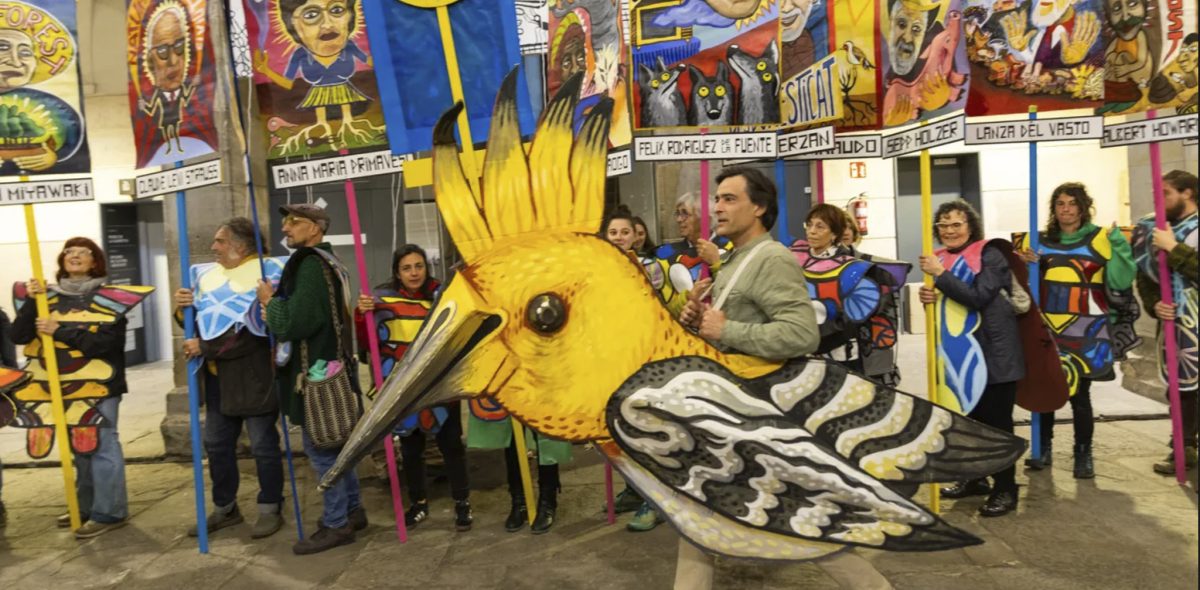Talking about paratheatricality means discussing all those elements that, without being strictly part of the dramatic content, complement and profoundly transform the stage experience. Paratheatrical actions —such as scenography, sound, music, audience interaction, or certain movement proposals— are not mere ornamental additions: they enrich the narrative, enhance the viewer’s immersion, and open creative spaces that can add new depth to the performance. From creation to artistic programming, paratheatricality becomes a fundamental tool. It allows us to think about how visual and sound elements not only accompany but also shape and expand the experience of those who watch and listen. This dimension is especially relevant in contexts like street theatre or experimental theatre, where the boundaries between stage and reality often blur, and where the stage action opens up to forms of interaction and immersion that go beyond the text or the dramatic gesture.


Kena Rodríguez
After studying Humanities and training in Contemporary Art and Pedagogy in Barcelona and Lisbon, I began my professional career in Dance and Live Arts at the Sismògraf Festival in 2018. Since then, I have been involved in various projects as a cultural manager both nationally and internationally, specializing in cultural cooperation and mediation of artistic practices. Alongside my work in public institutions, I have collaborated with companies such as Las Huecas, Soren Evinson, and Colectivo Llego Tarde. I am currently part of the artistic team at Sismògraf and coordinate the festival.

Sara Serrano
Graduated in Stage Directing and Art History, with a specialization in Theatre Practice from Rose Bruford College, she has completed her training in various disciplines of art, technology applied to imagery, and cultural management and production. As an extension of her work as a playwright and creator in the performing arts, she has ventured into installation and multimedia setups and has extensive experience in curatorship, production, cultural management and coordination, as well as artistic design and direction of events and exhibitions. Currently, she is the executive director of CLUB9, a platform and producer of artistic projects related to performative practices and performativity studies; she is director and co-curator (alongside Jordi Alomar) of the IF Barcelona Festival of Puppetry, Objects and Visual Theatre, and co-curator (together with Graner and Fàbrica de Creació) and artistic coordinator of the dance and movement festival Moujuïc, Barcelona (2023-2024).